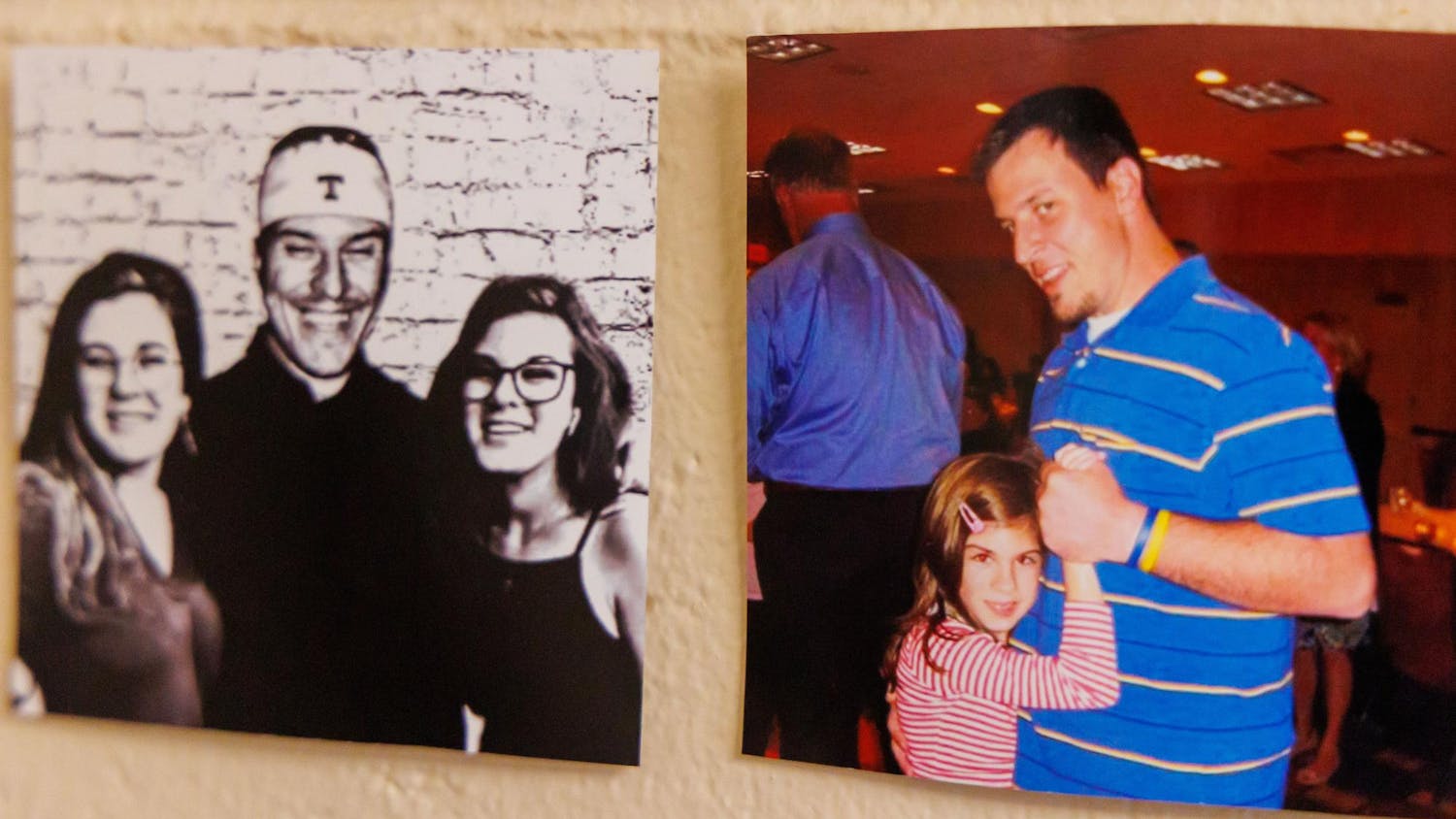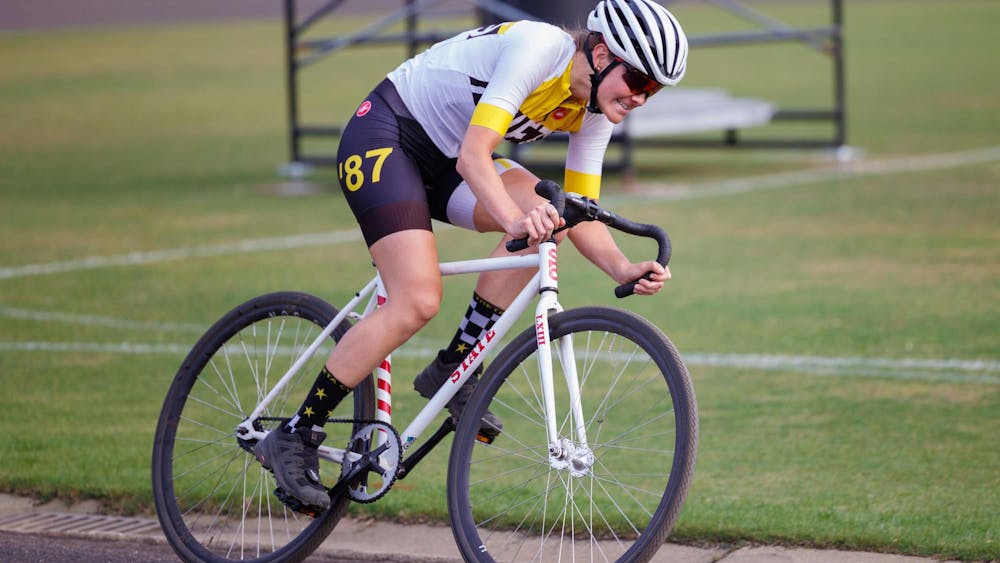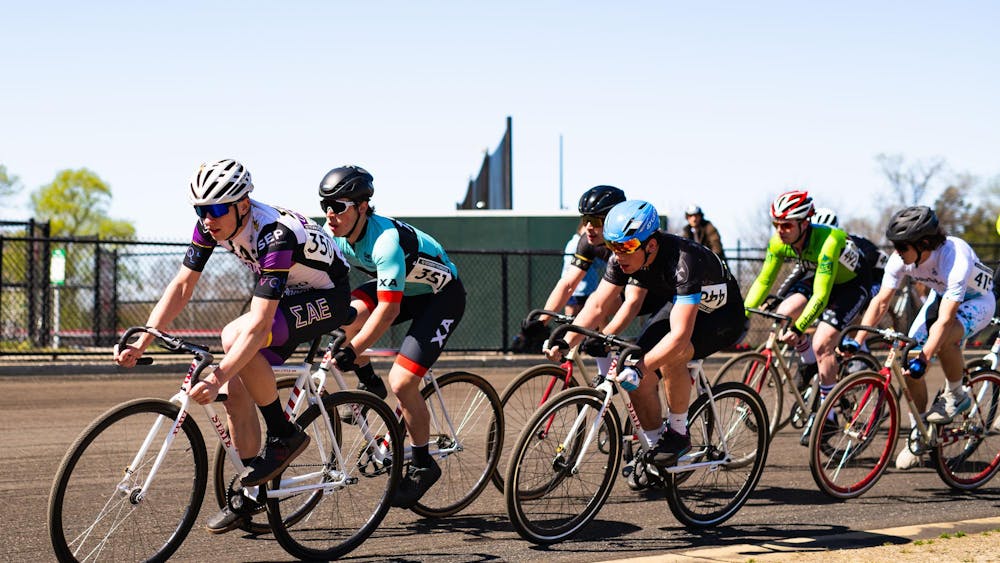Depending which experts you ask, these are the worst economic conditions since 1980, 1945 or 1937.
Or ever. By sheer number of jobs lost, businesses have killed 7.7 million positions since December of 2007.
The average unemployment rate for 2009 was the highest level in 26 years. And after the recession hit bottom last June, this year hasn’t been much better.
Stimulus funds eked the trend up, but many factors unique to this recession are scaring businesses from hiring and forcing families to save more and spend less.
Timothy Slaper, director of economic analysis at IU’s Business Research Center, said that in a typical “vanilla” recession there might be overinvestment or overspending. The economy will slow but bounce back pretty quickly.
But this is no vanilla recession — more like “rocky road,” Slaper said.
Housing markets are still deflating the hot air out of a busted bubble. Fallout from the financial crisis has changed the game, frozen markets and crippled lending. Stimulus gains were real but small and temporary. Businesses are sitting on money, and consumers are paying off debts, at least those that can get jobs. Exports have fallen as most of the world’s biggest markets struggle.
And most recently, talk of a double-dip recession has progressed from hypothetical to realistic.
Researchers at the San Francisco Federal Reserve Bank published an Aug. 9 report stating the likelihood of a double-dip recession in the next two years is between 25 and 50 percent, depending on variables used.
Last week, Thomas Hoenig, president of the Kansas City Federal Reserve Bank, called economic recovery “abnormally slow” and was concerned with a decline in bank lending.
Slaper said the recovery was anemic and that a decrease in spending, exports and the financial crisis have all helped stall the comeback.
Now, economists are wondering where the money will come from.
Companies don’t want to hire until consumer confidence picks up and more money is injected into the economy.
Consumers don’t want to spend money until they have job security. And Democrats don’t have the political power or popularity to push through another stimulus or unemployment extension plan.
An historically high unemployment rate of 9.5 percent jumps to 16 percent if those who have quit looking for work or those working part time were added.
Long-term unemployment — defined as those who have been jobless for at least six months — is at its highest level ever and will soon make up about half of all unemployed persons.
All this means the recovery will be slow, especially compared with previous recessions when world markets or financial lending would have helped correct the market sooner.
Still, not all news is bad. The number of initial unemployment insurance claims has dropped since the beginning of 2009.
Industry production has picked up, and some businesses have taken advantage of one-time tax credits at the federal or state level. This summer, spending and personal income also made modest gains.
But this hasn’t been enough to attain the projected growth estimates for the year, which were recently downgraded to about 1.6 percent, which Slaper said wasn’t enough.
Eventually, he said, consumers will buy the products or goods they’ve been putting off or return to the services they cut. And as they do, businesses will respond.
“They’re being cautious, just like businesses are being cautious,” Slaper said. “Everybody’s just kind of biding their time.”
Recession lacks growth necessary to add jobs
Get stories like this in your inbox
Subscribe





